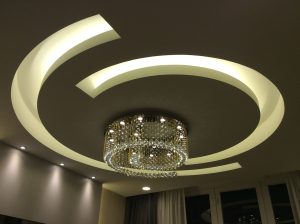The Importance of Visual Merchandising and Display
Visual merchandising and display play a crucial role in enhancing the overall shopping experience for customers. A visually appealing display can attract shoppers and build brand awareness, which can lead to increased sales. The importance of visual merchandising and display cannot be overstated, as it helps retail businesses to showcase their products effectively and create a differentiated shopping experience.
Creative Visual Merchandising Strategies
There are several creative visual merchandising strategies that businesses can employ to attract customers and increase sales, such as:
1. Window Displays
Window displays are a great way to attract shoppers and create brand awareness. Window displays can be used to showcase the latest products, promote special offers or seasonal products. It is essential to create eye-catching displays that capture the attention of passersby and entice them to enter the store.
2. Product Grouping
Grouping products into themes or categories can help customers to find what they are looking for quickly. For example, grouping products by color, style, or size can make it easier for customers to browse and find what they need.
3. Lighting
Lighting is a critical element in creating an appealing display. Good lighting can enhance the features of the products and make them appear more attractive to customers. It is essential to use different types of lighting, such as spotlights, to highlight certain products or create a particular mood.
4. Mannequins and Props
Mannequins and props can be used to create a mood or tell a story. For example, a sports store might use mannequins dressed in athletic wear to promote their latest sports products. It is essential to use mannequins and props that are relevant to the store’s products and style.
Display Design Principles
To create an effective display, there are several design principles that businesses can follow, such as:
1. Balance
Balance refers to the visual weight and placement of elements within the display. A balanced display should have an even distribution of visual weight and a harmonious arrangement of items.
2. Scale
Scale refers to the size of the display elements relative to each other. It is essential to create a display that is proportionate and visually pleasing.
3. Symmetry and Asymmetry
Symmetry refers to a display that is evenly balanced on both sides, while asymmetry refers to displays that have an uneven distribution. Both symmetry and asymmetry can be used effectively, depending on the store’s style and the products being showcased.
4. Color
Color is a crucial element in creating an effective display. Colors can be used to create mood, highlight products, or make a bold statement. It is essential to choose colors that are relevant to the store’s brand and products.





More Posts
Enhance Your Outdoor Space with a Solar LED Table Lamp
Nordic-Inspired Wooden Table Lamp with Linen Lampshade
Elegant Round Frosted Glass Chandelier for Dining Room